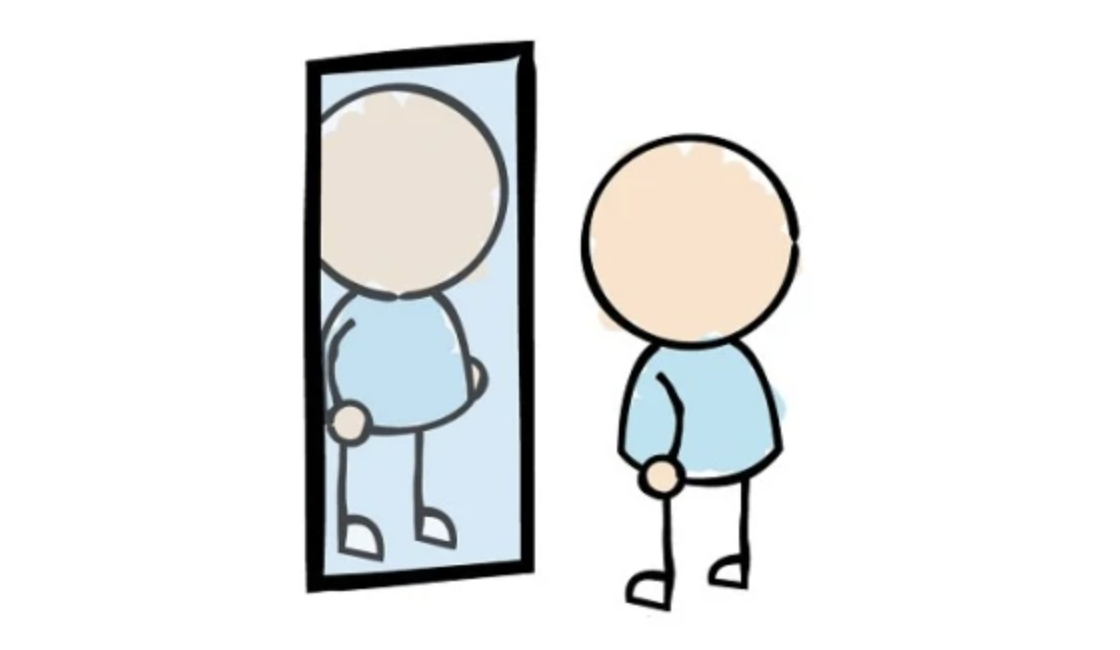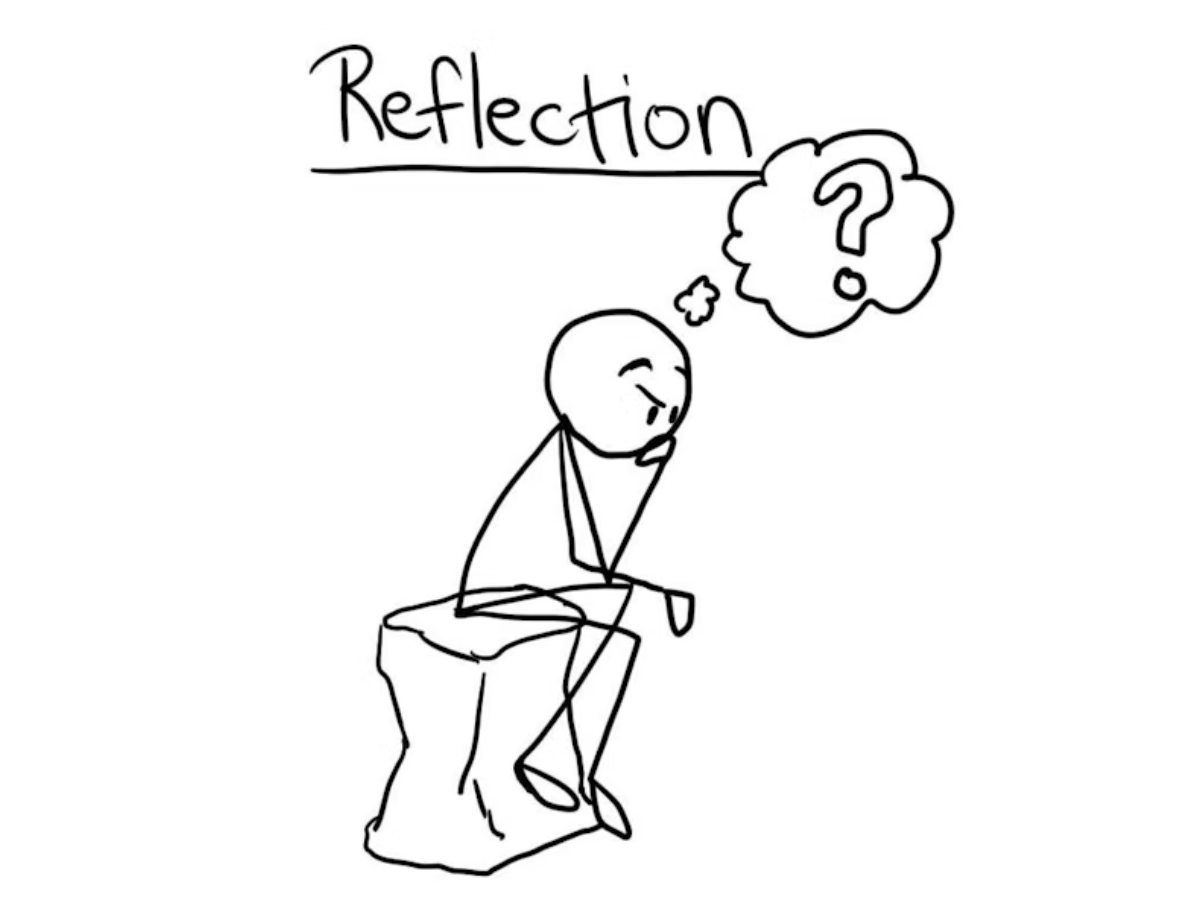
Strengths
In the process of learning the principles of technical writing and completing assignments in ENGL 301, I was able to identify my strengths in both the learning process and written works. My most striking strength in the learning process is that I never hesitate to ask questions. Whenever there is something hinders my process of learning, I always ask my writing team members for help rather than struggling alone until the end. I also never hesitate to answer others’ questions and provide feedback to them. By sharing knowledge and opinions with others, I have successfully completed all the assignments and improved my technical communication skills. My strength in written works is that I always try to provide as many details as possible so that my audiences can clearly understand the purpose and content of my writing. Especially, Professor Erika’s feedback on my formal proposal memo helped me a lot to learn how to add details to my writing. After revising the assignment according to Professor Erika’s feedback and reflecting on my previous works, I could enhance my strength of providing details even further.
Weakness
Based on the technical writing techniques that I have learned in ENGL 301, I was able to identify my weaknesses in my learning process and written works. My weakness in the learning process is that I always have the fear of failure even before starting the assignment without reason. That fear of failure has impeded my productivity and reduced my enthusiasm for learning. However, I have been always able to complete all the assignments successfully in the end. In the process, I was able to learn that believing in myself is also important in the process of learning. In addition to my weakness in the learning process, I could also identify my weakness in written assignments in the process of learning technical writing in ENGL 301. My weakness in written assignments is that I tend to keep long sentences in the paragraphs, impending readability of my writing. Based on suggestions from peer reviews and feedback from Professor Erika, I was able to practice how to transform long sentences into multiple readable and concise sentences.
How My Skills and Strengths Will Support My Future Career
Technical communication and writing skills are crucial in Computer Science. Programming and testing are just a part of the story in software engineering. Software developers spend a lot of time and effort to write comprehensive documents about the specification of the software. Furthermore, effective communication between team members is crucial to share the technical processes of building software together. As a student who wants to pursue a career in the software industry, the skills and strengths that I gained and improved in ENGL 301 will help me a lot. The email memo and peer review practices from ENGL 301 will help me to effectively communicate with my future team members. Furthermore, my experience in preparing a formal report in the course will be extremely helpful when I prepare software documentation for clients in the industry in the future. Finally, my strengths of asking questions and providing details to peers will help me to play important role in the team of professionals.
Overall, I have been able to improve crucial skills and strengths that will support my future career in Computer Science in the process of learning technical writing in ENGL 301.
Citation for a visual: “Introductory Topic – Self Reflection.” Sam Conibear, 19 Feb. 2018, sjconibear.wordpress.com/2018/02/19/introductory-topic-self-reflection/.
